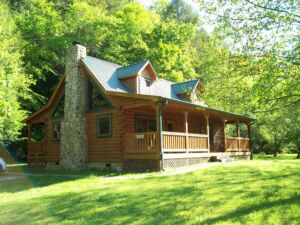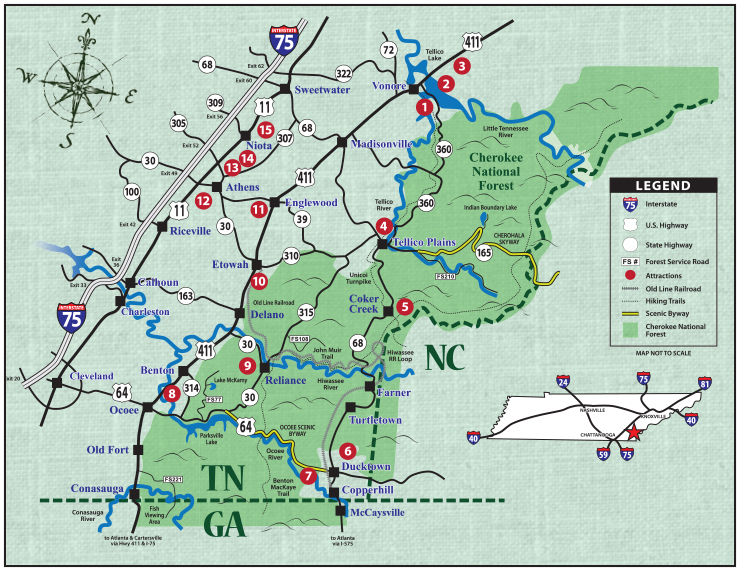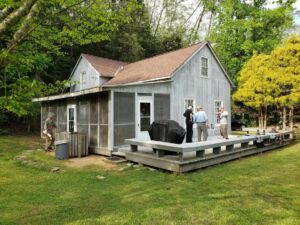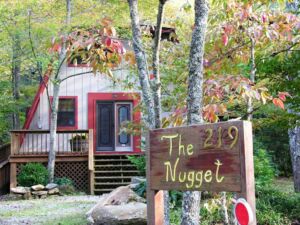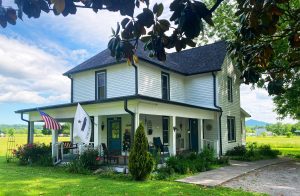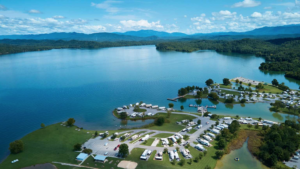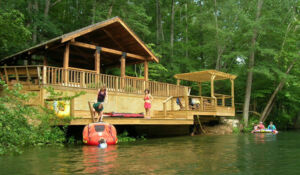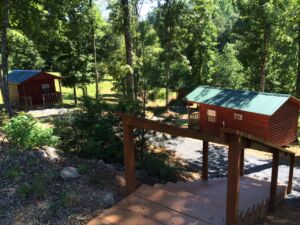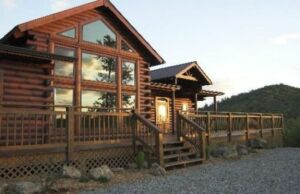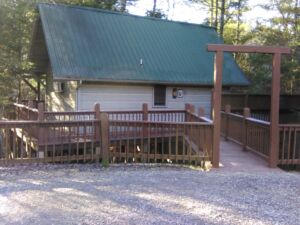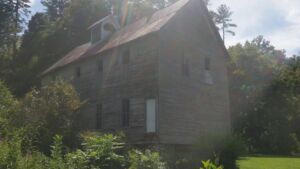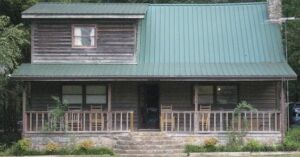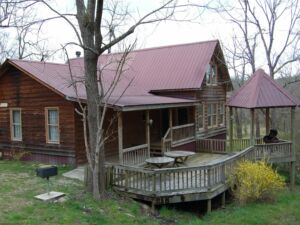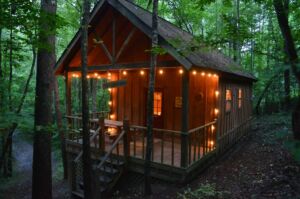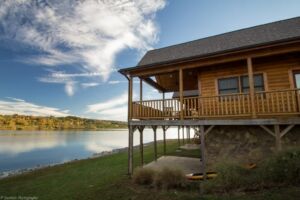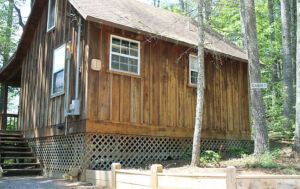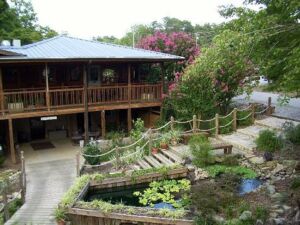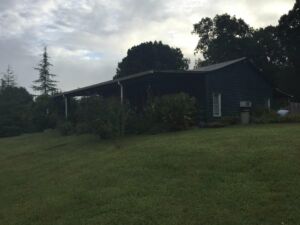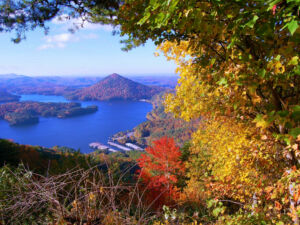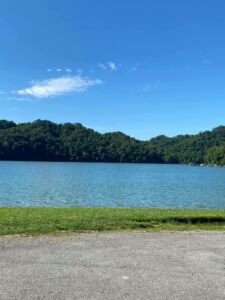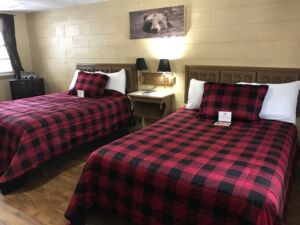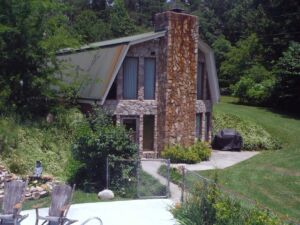Furs to Factories Trails
Clouds: {{current_weather.clouds}}%
Wind ({{current_weather.wind.deg}}): {{current_weather.wind.speed}}{{units_wind}}
Explore The History of Industry
Learn more about the history of the Overhill region and how simple fur trade became factories and mass production thanks to the industrial revolution.
More Information
Historical Background
The Industrial Revolution took shape in Great Britain in the 1700’s, but it soon spread to the New World. The Overhill played a major role in how the movement played out in the southern Appalachians. During the early 1700’s Cherokee Indians in the southern mountains provided millions of deerskins for the European market, with profits from that venture helping to fuel industrial growth in Great Britain. European money from the fur trade later came back into this part of the mountains through capital investments in early industries like mining, timber, and textiles.
While fur trading was an early economic activity in the Overhill, it was short lived. Subsistence farming was the mainstay for many years, but the vast natural resources of the mountains – timber, minerals, and water – attracted industrialists from all over the world.
Heavy industry arrived in the Overhill by the early 1800’s. Iron works were established in several places. Copper mining began in the Ducktown Basin. Gold was discovered at Coker Creek and textile mills were established in McMinn County. The Unicoi Path was improved and made a toll road. Railroads replaced wagon roads and worker villages sprang up around mills and mines. In 1910 the Ocoee River was tamed for hydroelectric power. Even agriculture changed as new technologies gave rise to mass production. Immigrants came from far and near to labor in the mines and mills, on the railroads, adding their cultural traditions to a complex mix of lifeways.
Today, the Tennessee Overhill includes McMinn, Monroe, and Polk counties with much of the land lying within the southern half of the Cherokee National Forest. The region encompasses fertile farmland, wild river gorges, rugged mountains, small towns, and crossroads communities. Historic sites and museums tell the stories of Cherokees, European explorers, fur traders, miners, mill workers, railroaders, and farmers – the ordinary people who came here to work, make homes and create communities. Old company towns and mill villages, abandoned mines and flumes, roads and railroads, and long-silent machinery all speak of this extraordinary time in our nation’s history.
The Furs to Factories Trail leads modern day explorers to places where this story played out. Chronologically, the trail (and story) begins with the fur trade, but feel free to start your tour at any point and visit the sites and topics of most interest to you. The inquisitive visitor will be rewarded.
Funding Partners

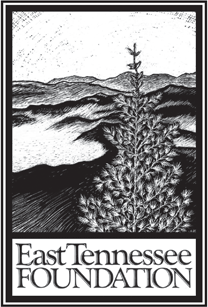
Places to stay near here
FIND COMFORT NO MATTER WHERE YOU ARE
The Tennessee Overhill region covers several areas that are full of wonderful places to stay. No matter where you end up, you can rest easy knowing days full of fun and adventure await!
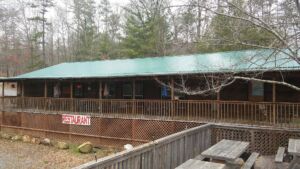
Mountain Creek Hideaway

Whistlestop Quilt Retreat

Grand Vista Hotel & Suites
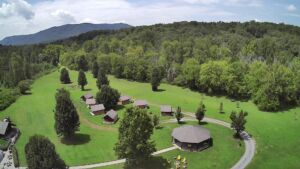
Cherohala Motorcycle Resort
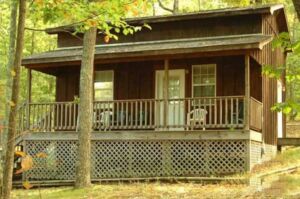
Quest Expedition Cabins
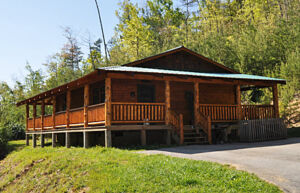
Mountain View Cabin Rentals
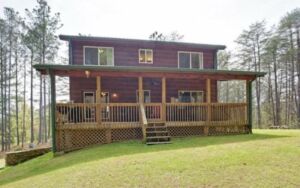
Mountain Escape Properties
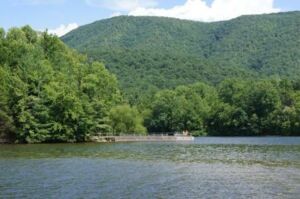
Indian Boundary Campground
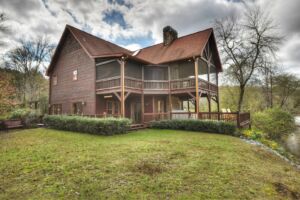
Cuddle Up Cabin Rentals
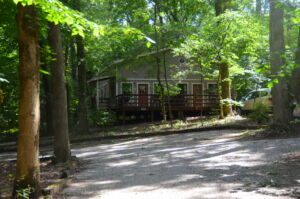
High Country Adventures
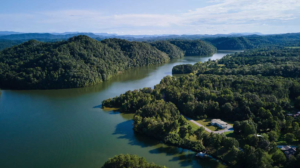
Notchy Creek Campground
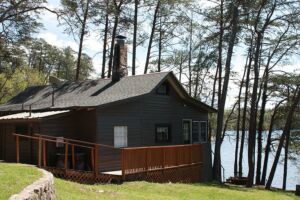
Lake Ocoee Inn & Marina
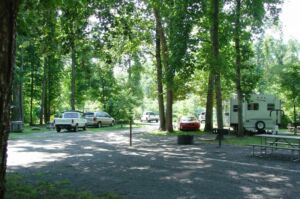
Gee Creek State Park Campground
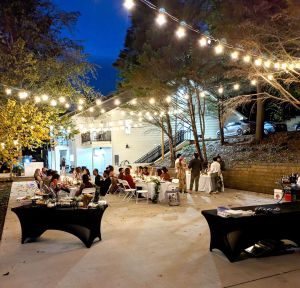
Calhoun – Hiwassee Acres
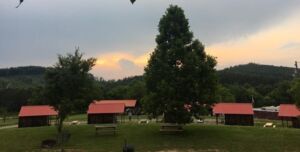
Hunt’s Lodge Campground
